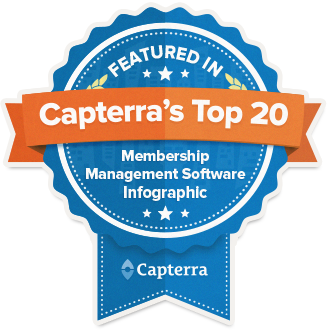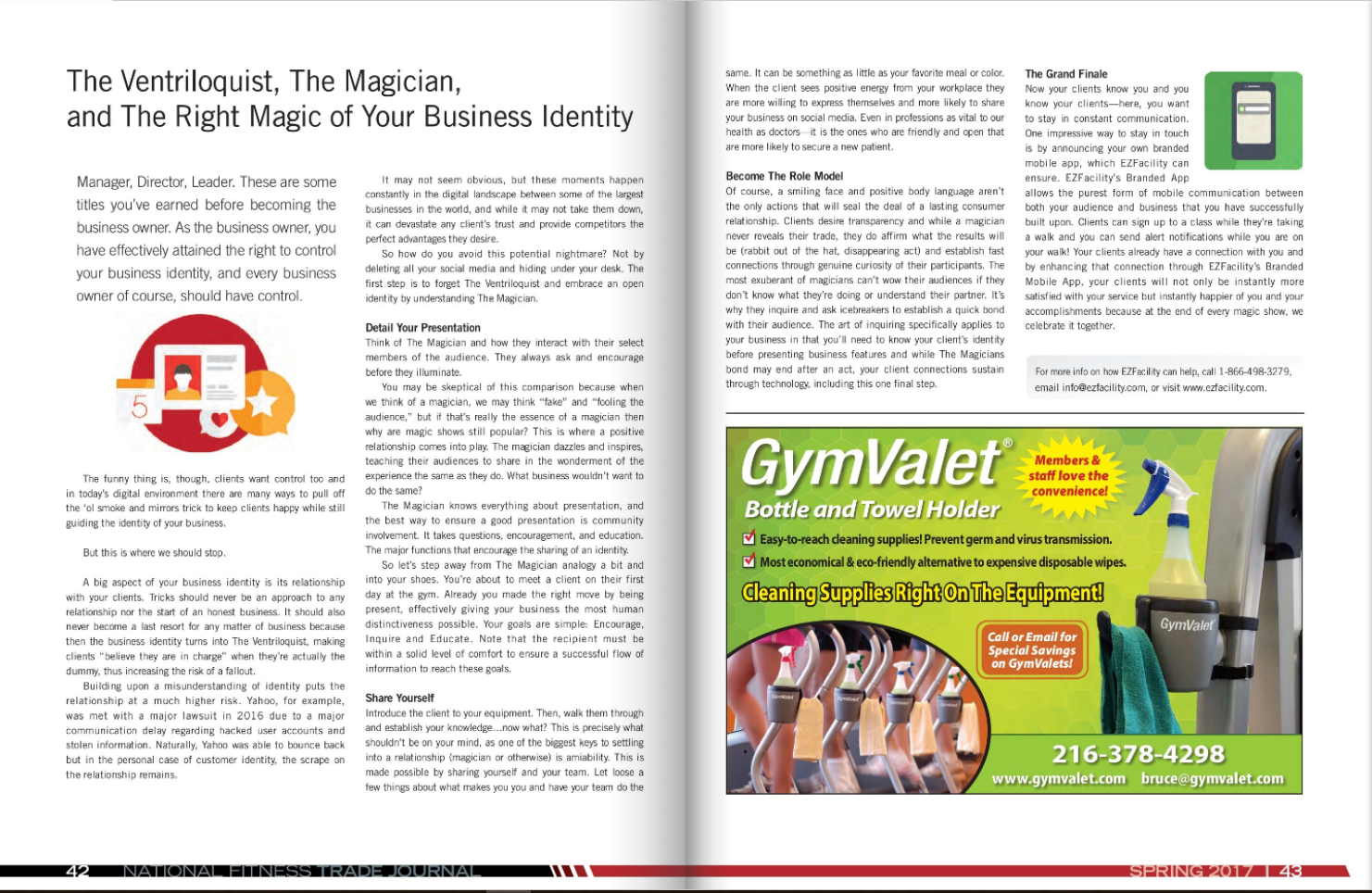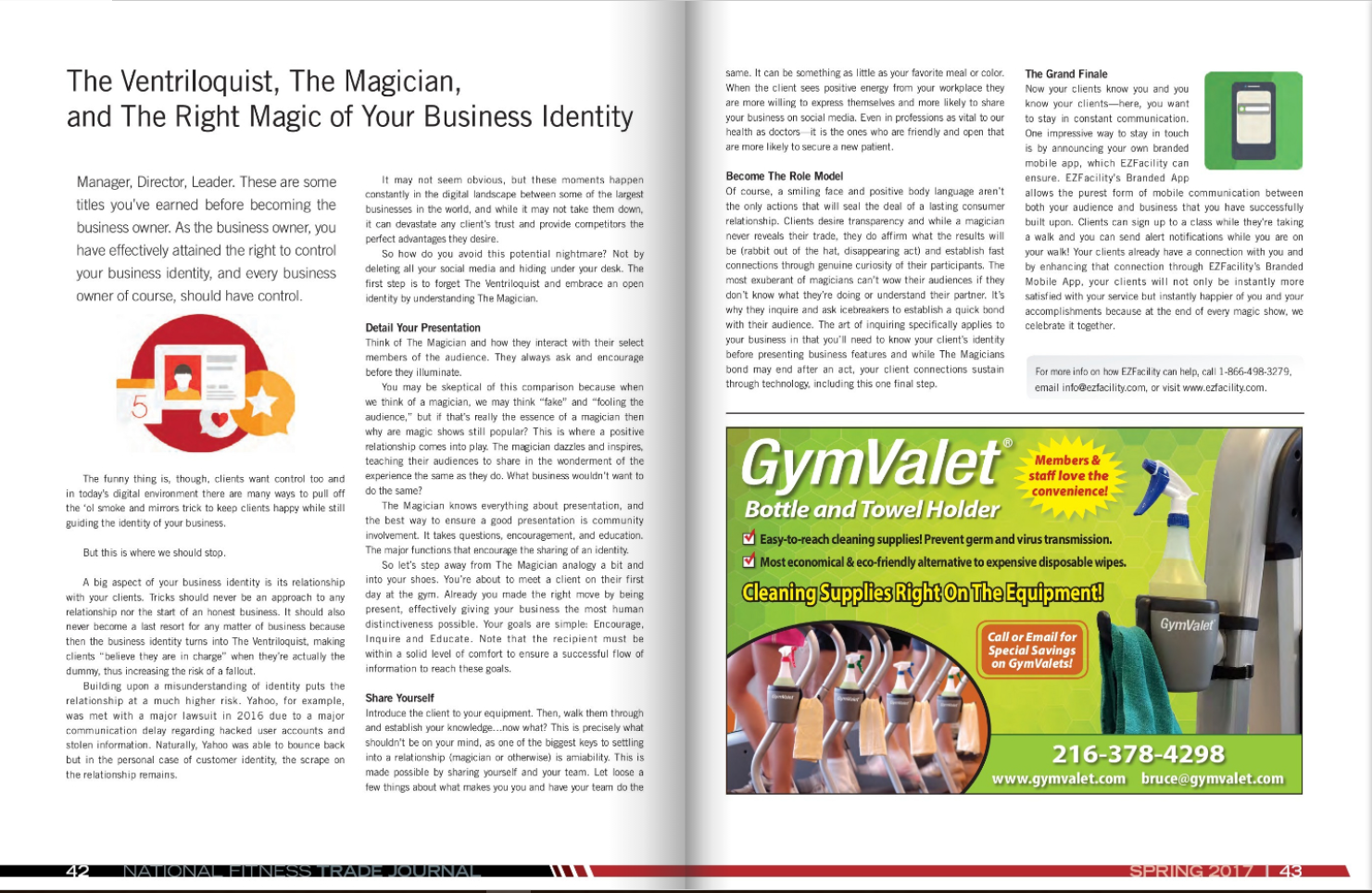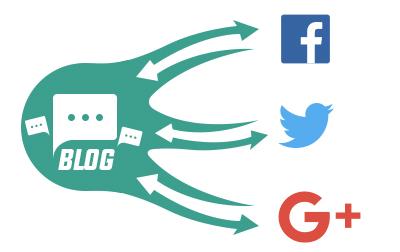Pickleball, a sport that combines elements of tennis, badminton, and ping pong, has taken America by storm in recent years. With its rapid growth in popularity, starting a pickleball business can be a lucrative venture.
In this blog post, we will provide a comprehensive outline for creating a successful pickleball business plan, covering various aspects from understanding the demand for pickleball courts to marketing strategies and financial projections.
Demand for Pickleball Courts
Pickleball is a sport that appeals to people of all ages and skill levels, making it a popular choice for recreation and competitive play.
And because it appeals to such a wide audience, the demand for courts has outpaced supply in many areas, presenting a great opportunity for entrepreneurs looking to capitalize on this trend.
As a standalone business or an additional revenue stream at an existing facility, offering pickleball facilities can attract a growing community of players and enthusiasts.
Pickleball as a standalone business vs. revenue stream at an existing facility
Another key consideration for developing your business plan is to determine whether you’ll offer pickleball as a standalone business, or as an added revenue stream at an existing facility.
Each option has its own advantages and considerations, and in this blog post, we will explore the factors you should evaluate when making this crucial decision.
Business Description
Your pickleball business plan should include detailed descriptions of the target market, location, and facility size. Understanding these elements will enable you to create a facility that attracts pickleball players and meets their needs.
Target Market
Identifying your target market is crucial for effective marketing and tailoring your services to meet specific needs. To ensure you attract and retain customers, you need to fully understand your target audience, including demographics, interests, and preferences,
Location
Choosing the right location for your pickleball business is critical. Key factors to consider include accessibility, proximity to potential customers, and local competition. Additionally, understanding zoning and permit requirements is essential to avoid any legal hurdles.
Facility Size and Description
Determining the optimal size and layout of your pickleball facility is an important aspect of your business plan. There are many components to consider, such as the number of courts, spectator seating, amenities, and other facilities that can enhance the overall customer experience.
Defining your business model, mission statement, and unique selling proposition (USP) are also vital steps in establishing your brand identity and differentiating yourself from competitors.
Revenue Streams for Pickleball Businesses
To ensure the financial viability of your pickleball business, it’s essential to establish multiple revenue streams and to outline those in your business plan.
Below are a few examples of income sources commonly utilized by successful pickleball businesses that you should consider:
Membership Fees
Membership fees provide a stable income stream while fostering a sense of community among players. You may want to consider tailored membership plans to attract a larger audience in order to provide a steady income stream and cultivate a loyal customer base.
Court Rentals
Renting out your pickleball courts to individuals and groups, or for open plays, leagues, and private events can all generate lucrative revenue streams.
Tournaments
Organizing and hosting pickleball tournaments can attract players from near and far, providing an opportunity for increased revenue through entry fees, sponsorship deals, and merchandise sales.
Lessons
Offering pickleball lessons is an excellent way to generate income while helping players improve their skills–and it’s a valuable service that appeals to players of all skill levels.
Merchandise/Concessions
Selling pickleball equipment, apparel, and refreshments can boost your revenue. Incorporating a pro shop and providing food and beverage options are also ways to enhance the overall experience for players.
Pickleball Club Operations
An operations plan is a vital component of your pickleball business plan. It ensures clear workflows, effective resource allocation, staff training, customer service standards, health and safety considerations, business continuity, and performance monitoring.
Deciding on staff, utilizing technology, and establishing rules and regulations are critical components of a pickleball business plan for the following reasons:
Staff
Selecting the right staff is crucial for the success of a pickleball business. Staff members, such as instructors, court monitors, and customer service representatives, directly impact the overall customer experience.
By carefully choosing qualified and passionate individuals, you can ensure the delivery of exceptional services and create a positive environment for players. Additionally, a well-trained and motivated staff contributes to customer satisfaction, loyalty, and positive word-of-mouth.
Technology
Utilizing software for pickleball facilities will help you streamline operations like court scheduling, online bookings, customer management, and financial transactions. It also enhances efficiency, reduces manual errors, and provides valuable data insights for making informed decisions.
By embracing technology, pickleball businesses can stay competitive, improve customer experience, and optimize their operations.
Rules and Regulations
Establishing clear rules and regulations is critical for the smooth operation of a pickleball business. These guidelines ensure fair play, safety, and the overall enjoyment of the sport for all participants.
By defining rules for court usage, equipment maintenance, player conduct, and safety protocols, you create a professional and well-organized environment.
Clear rules also help mitigate risks, minimize conflicts, and provide a framework for resolving disputes.
Marketing Strategy
A marketing plan is essential for your pickleball business plan as it enables you to target the right audience, build brand awareness, promote offerings, acquire and retain customers, gain a competitive advantage, measure performance, and adapt to market changes.
It plays a pivotal role in attracting customers, driving business growth, and establishing your pickleball business as a preferred choice among consumers. Implementing a robust marketing strategy will help you attract pickleball players to your facility.
For additional inspiration, consider exploring strategies used to market tennis clubs, which can offer valuable insights adaptable to pickleball promotion.
Financial Projections
Developing a solid financial plan is essential for the long-term success of your pickleball business.
Your business plan should include a financial plan where you outline projected startup costs, including facility construction or renovation, equipment purchases, and initial marketing expenses.
Additionally, you’ll want to estimate ongoing operating costs such as utilities, maintenance, staff salaries, and marketing campaigns.
Examples of startup costs vs operating costs:
- Startup Costs: Initial expenses, such as facility setup, equipment purchase, permits, and marketing
- Operating Costs: Ongoing expenses, including rent/mortgage, utilities, maintenance, staffing, and marketing
Risk Assessment
Your pickleball business plan should also include a section about risk assessment where you identify potential risks that could impact your pickleball business. By understanding these risks, you can develop contingency plans to mitigate their impact.
Some potential risks specific to the pickleball industry include changes in local regulations, changing market conditions, legal and regulatory challenges, competition, economic downturns, or unforeseen events like natural disasters.
Creating Your Own Pickleball Business Plan
To guide your pickleball venture, it’s crucial to create a comprehensive business plan. This plan should encompass all the aforementioned elements, including market research, financial projections, marketing strategies, and risk assessments.
A well-crafted business plan will serve as a roadmap for success and help you secure funding if needed.
Conclusion
As pickleball continues its remarkable growth, establishing a pickleball business presents an enticing opportunity.
By understanding the demand, targeting the right market, offering diverse revenue streams, implementing effective operations, and executing a robust marketing strategy, you can position your business for long-term success in this flourishing industry.
To learn how EZFacility can help you centralize the management of your pickleball facility and its rentals, leagues, registration, events, invoicing, and more–click here to schedule a free trial and personalized product demonstration.





























